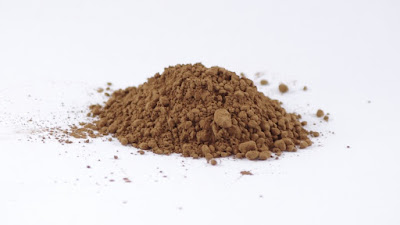Biorefinery platforms – Lignin
Concept
- Lignin is a natural amorphous polymer, which acts as the essential glue that gives plants their structural integrity. Nature produces lignin by the enzymatic dehydrogenative polymerization of coniferyl alcohol (common in softwoods), syringyl alcohol (common in hardwoods) and coumaryl alcohol (common in grasses).
- Of the three major natural polymers that make up ordinary plants (cellulose, lignin and hemicellulose), lignin is the second most abundant fraction behind cellulose.
- Lignin is based on aromatic units. The structure of lignin is complex and changes according to biomass source. It is composed of phenylpropenyl (C9) randomly branched units. The phenylpropenyl building blocks, guaiacols and syringols, are connected through carbon-carbon and carbon-oxygen (ether) bonds. Trifunctionally linked units provide numerous branching sites and alternate ring units.
- Currently, most lignin on the market is a by-product from the pulp and paper industry. Units to recover lignin from the Kraft mills have been installed increasing the availability of Kraft lignin for several applications.
- Lignin is also produced concurrently with sugars during the biochemical conversion of lignocellulosic biomass. It is foreseen that large amounts of lignin will be available when industrial scale production of cellulosic ethanol takes off definitively. Sulfur-free lignin derived from biochemical conversion results in new forms of lignin becoming available for chemical applications.
- The selection of the proper lignin separation technology is key for the future integration of this platform in advanced biorefineries.
Figure 1. Lignin resulting from pulp production (credits: Michael Zirbes, Mainz University)
Applications
- Direct heat and power generation. Lignin combustion is practiced today in paper mills to produce process heat, power, steam and to recover pulping chemicals. It is estimated that in the order of 50-70 Mtons of lignin are produced annually and more than 95% is used for energy generation.
- Conversion into other platforms through thermochemical processes. Syngas can be produced via lignin gasification and bio-oil can be generated via pyrolysis and hydrothermal liquefaction.
- Macromolecules: polyelectrolitic and polymeric materials. These are applications targeted at dispersants, emulsifiers, binders and sequestrants. Lignin is used in these applications with little or no modification other than sulfonation or thio hydroxymethylation. However, lignin’s commercial uses in this field could be greatly expanded with the development of appropriate chemical and catalytic processes. Examples of opportunities from macromolecules include: carbon fiber, polymer modifiers, adhesives and resins.
- Aromatics and other monomers. Lignin’s native structure suggests that it could play a central role as a new chemical feedstock, particularly in the generation of aromatic chemicals. There are currently many research programs working on developing processes for catalytic depolymerization and conversion of lignin. Despite its potential, converting lignin effectively has proven to be challenging, mainly due to its heterogeneous structure.
Reference
Holladay, J.E., White, J.F., Bozell, J.J., Johnson, D. 2007. “Top value-added chemicals from biomass - Volume II—Results of screening for potential candidates from biorefinery lignin”. PNNL.





